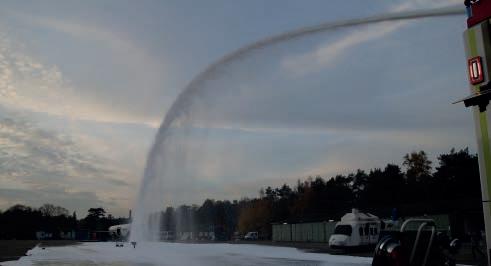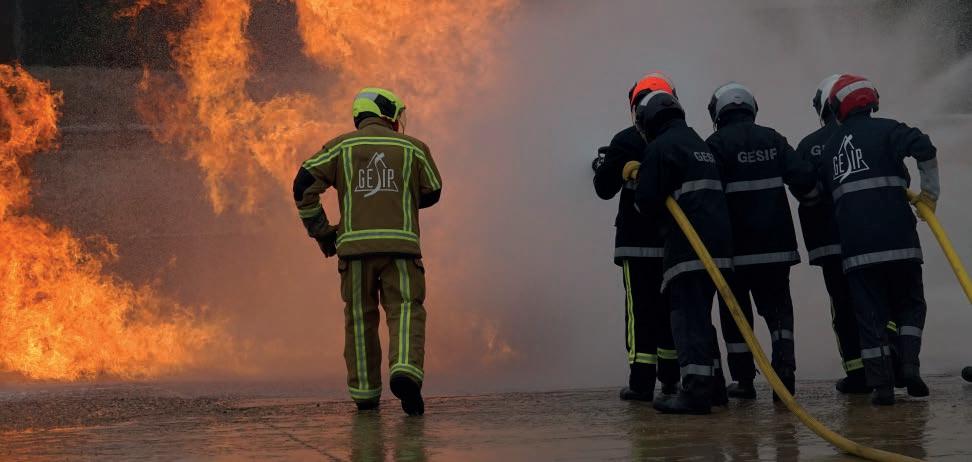FOAM FEATURE
TRANSITION TO FLUORINE-FREE FOAM IN HIGH HAZARD PLANTS PFAS (Per- and polyfluorinated alkyl substances) are used in firefighting foams since decades for fast knockdown. They are a large chemical family, also known as the Forever Chemicals, meaning they may stay permanently in the environment, contaminate groundwater and drinking water. Studies have shown that PFAS chemicals, especially PFOS and PFOA (C8 fluorosurfactants), are identified as persistent, bioaccumulative and toxic pollutants. PFOS and PFOA were, respectively in 2009 and 2019, added to the list of Persistent Organic Pollutants of the Stockholm convention. New PFAS with C6 shorter-chain replaced C8 longchain in firefighting foams. Recent studies have shown they are less bioaccumulative but still very persistent and mobile compared to C8. Regulations in many countries around the world have or are planning to ban PFAS-based products, including firefighting foams. On the other hand, non-fluorinated
18
foams (FFF) are available since 2002. They are PFAS-free, but are they a viable alternative to AFFF and AR-AFFF foams for high hazard industries fire protection?
FIRST OF ALL, HOW BIOEX FLUORINE-FREE FOAMS WORK?
BIOEX Fluorine-Free Foams are based on hydrocarbon surfactants, they are environmentally friendly and biodegradable. When applied, FFF creates a huge amount of bubbles, forming a resistant and covering blanket above the fuel in fire. Whereas AFFF foam forms an aqueous film above the fuel. The FFF foam blanket suppresses oxygen supply and blocks vapours. It provides a cooling effect for faster knockdown. BIOEX FFF are applied with the same application rates and the same gentle and forceful application methods as AFFF foams. Guaranteeing a long burnback resistance, the FFF drainage time is longer than fluid AFFF foams. The same storage conditions and periodical
lab tests are required.
HOW ABOUT BIOEX FLUORINE-FREE FOAMS EXTINGUISHING PERFORMANCE?
BIOEX FFF foams offer comparable extinguishing performance and burnback resistance to aqueous filmforming foam (AFFF). Firefighting foam performances are certified under international standards (EN1568, UL, ICAO, LASTFIRE) in the same category as AFFF. FFF foams were successfully used during large petrochemical fires as Lubrizol in France. It is now possible to protect the environment and human health while also considering fire safety. Fire brigades, chemical and oil & gas industries do not wait for the regulation to change for FFF. For example, a chemical factory fire in Melbourne was successfully extinguished using only FFF foams and many major international airports have already transitioned to FFF foams including Paris, Lyon and Lisbon airports.









